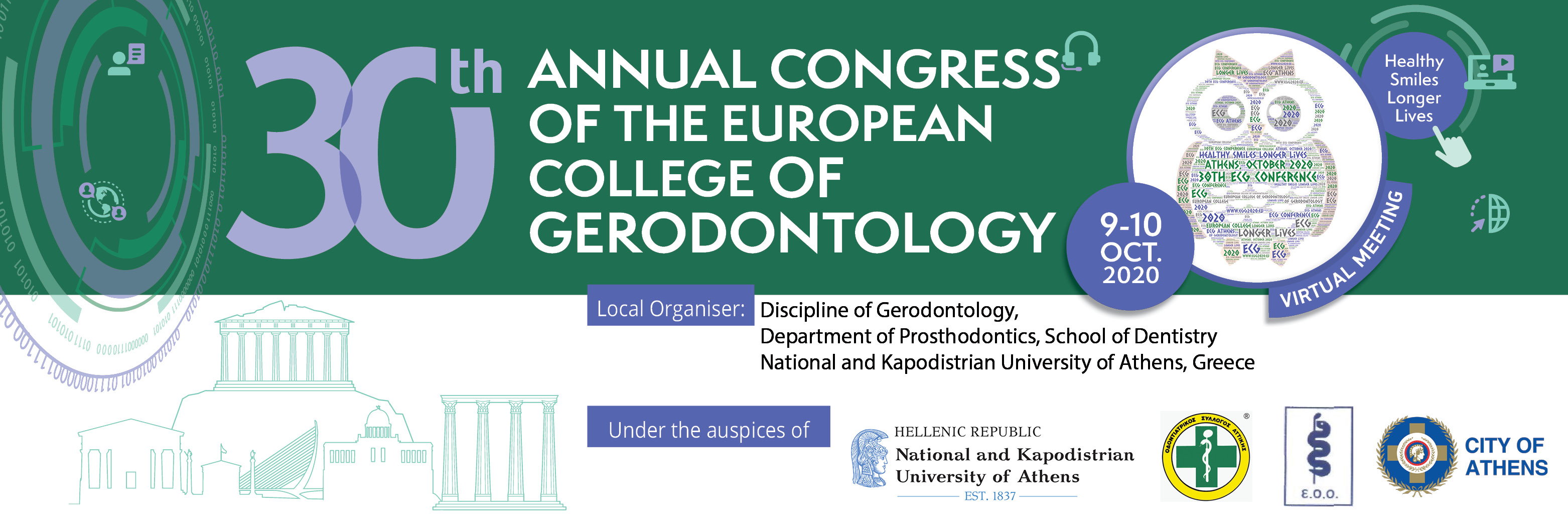Background and aim: The coronavirus disease 2019 (COVID-19) was characterized as a pandemic on March 11th by World Health Organization (WHO). Older persons and those of all ages who have underlying health conditions might be at higher risk for severe illness from COVID-19. The orientation of all organizations were to treat emergencies only. In patients with a decreased level of consciousness, pain of oral origin may be neglected, either because of their inability to report the symptom or because the oral cavity was not examined by the dentist. There is a widespread culture of neglect toward thorough investigation of the oral cavity during physical examination. In this context, it is worth stressing that the dentist is the provider best trained to detect abnormal findings in the oral cavity, which may cause major pain issues Methods: A literature search was conducted on PubMed and Scopus, using the keywords: “frail elderly”, “home dental care”, “COVID-19” and “biosafety”. Recommendations from American Dental Association, from International Association of Disability and oral health and guidances from Centers for Disease Control and Prevention (CDC) and WHO were incorporated. Results: In addition to controlling oral symptoms, dentists can direct therapy as appropriate to prioritize pain control, proper hydration, and preservation of oral feeding for those with serious incurable diseases, as well as for patients with reduced autonomy or high dependence as a result of prolonged illness, as in some neurodegenerative diseases. During the pandemic, elderly people had almost every treatment suspended because they are in the highest risk group. Since the oral health care was also suspended, patients with ongoing dental demands were left unattended, oral health conditions during this period declined considerably. Providing home dental care for this group of individuals might be the best approach for them.
- 78 views



